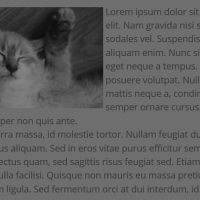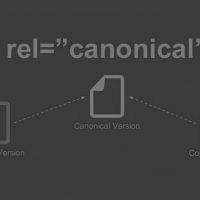Tag Archives: Best Practices
The guide to non-blocking code on the web
June 28, 2019, by Luke Captain
In this article we’ll give a run down of what non-blocking is, how it can help you improve performance on your site, and maybe even get that sweet, sweet 100 on performance in Google Lighthouse. (All examples will be JavaScript/node related) What is blocking code? Blocking code is any code that prevents the execution of... Read More
Meta Viewport Best Practice
February 1, 2019, by Luke Captain
The meta viewport tag is a html tag that can be used to set the width and scale of content. It’s immensely useful for getting sites to renderer properly on mobile devices, mostly due to the fact that mobile devices generally have smaller screens than developers are designing for (who designs websites to be 375px... Read More
How to Inline images
November 6, 2018, by Luke Captain
Inlining images is useful for breaking up content and making an article more visually interesting, but when it comes to it, there’s more than one way to skin this cat. In this article, I’ll outline three ways to do it. Aligning with inline-block The first way you can inline images is simply by setting display:... Read More
How the world’s top websites serve mobile visitors
September 26, 2018, by Martin Clancy
Now that site loading time is officially a ranking factor for Google SERPS, it’s timely to look at best practice in the area of web performance. The world’s biggest sites as ranked by Alexa, take this metric very seriously. And so they should. Just eking out small gains in the web performance can have big... Read More
How to use the Canonical tag
August 28, 2018, by James Kielty
What is a canonical tag? A canonical tag is used as a signal to search engines that the nominated version of a URL is the version you want them to index and return in their results. A canonical tag (aka “rel canonical”) is a way of telling search engines that a specific URL represents the... Read More











